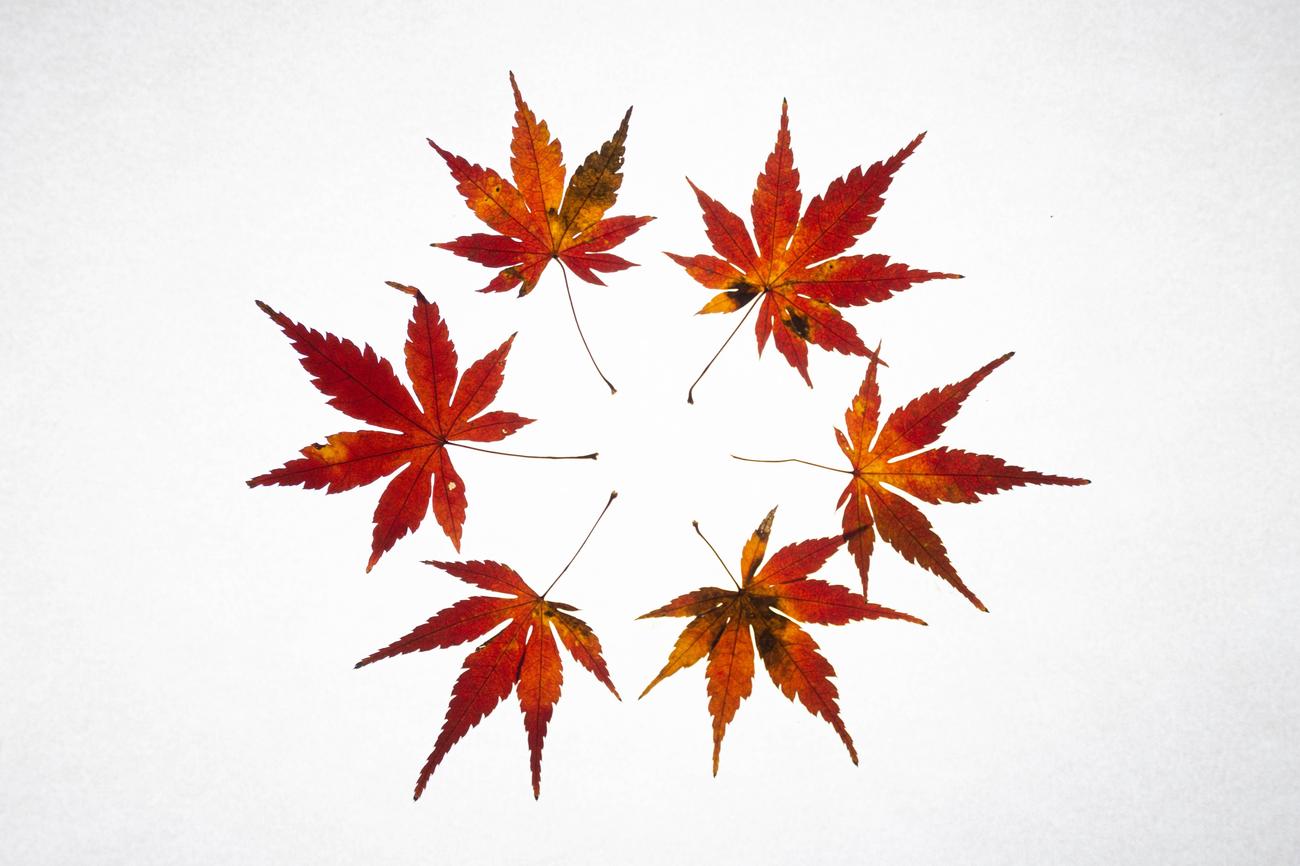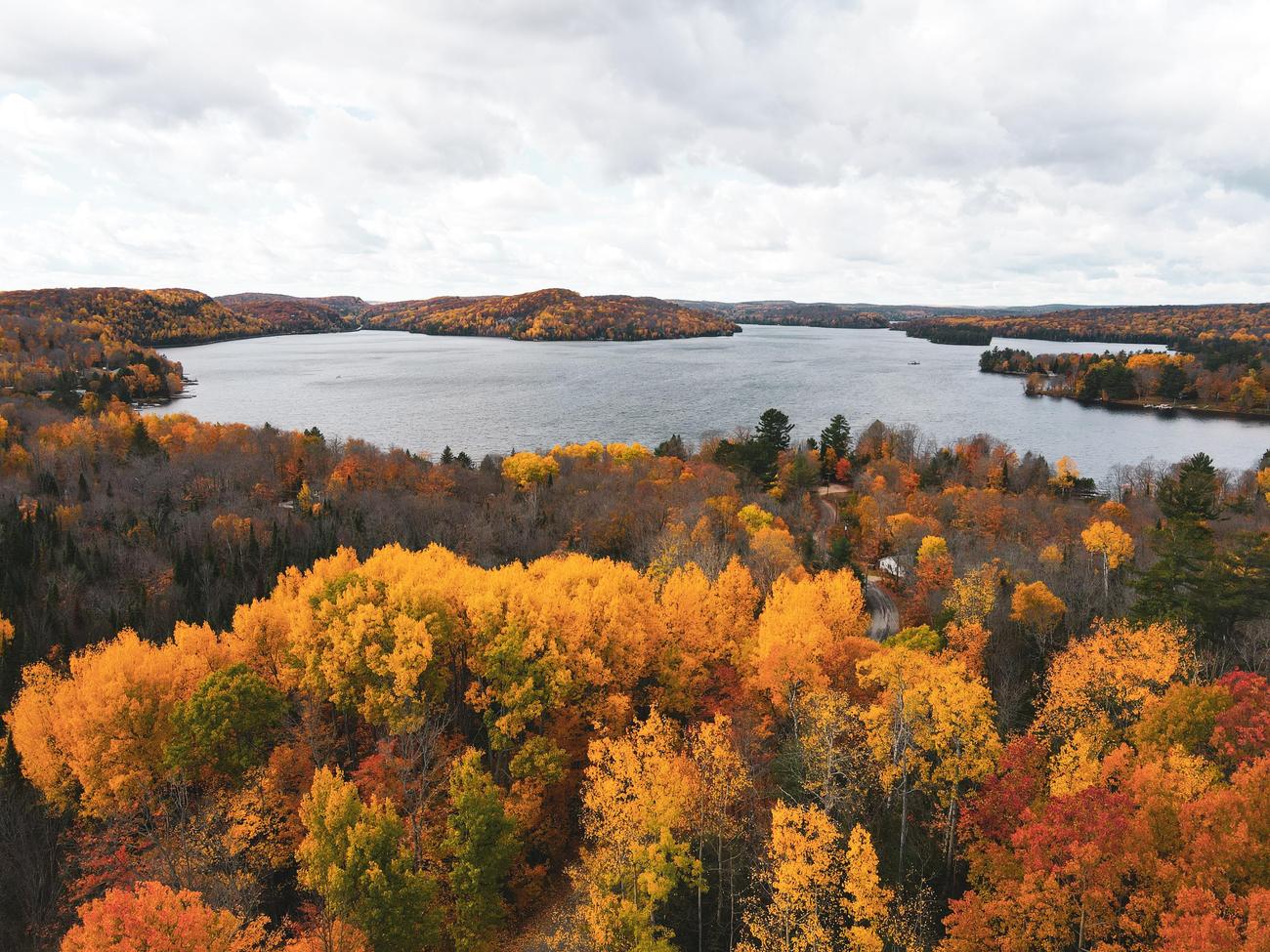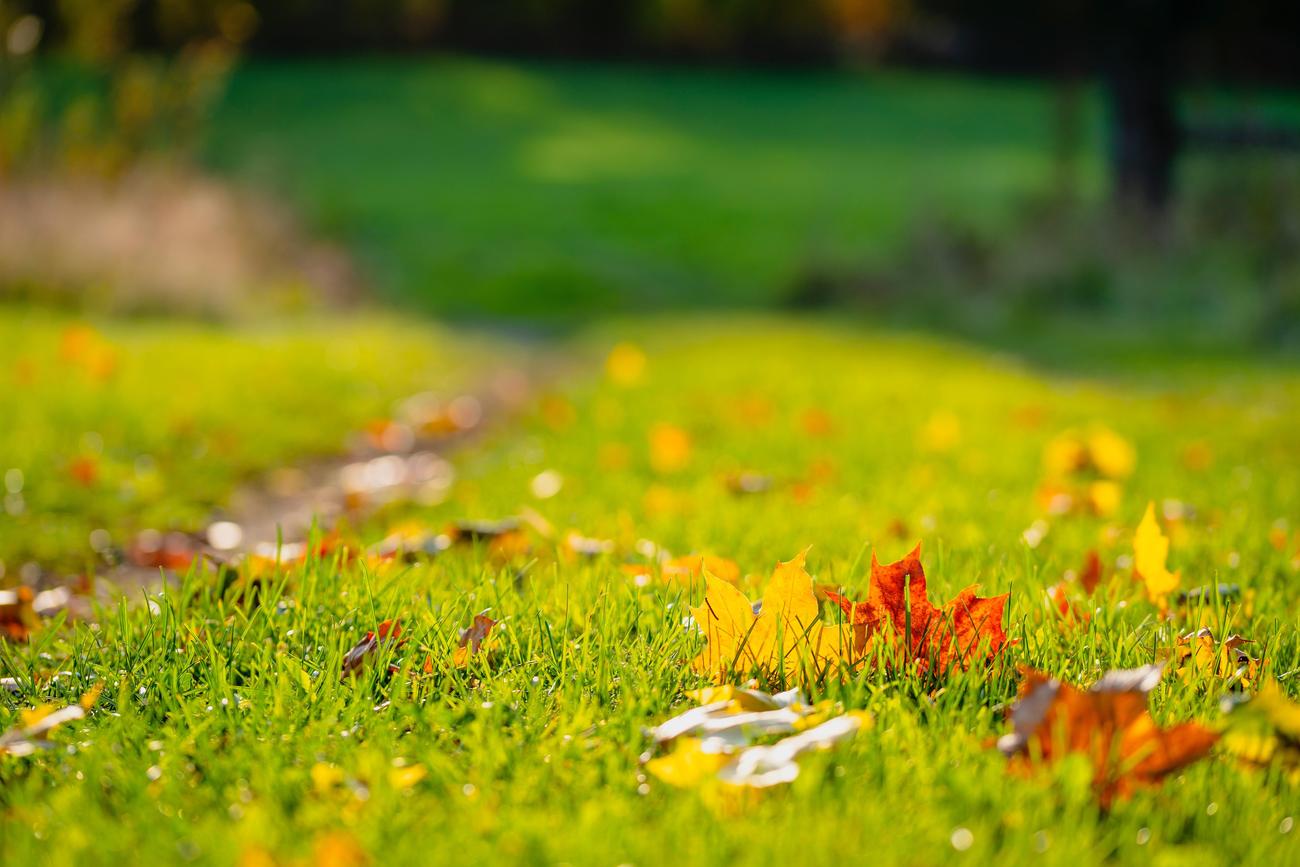Maples, with their vibrant foliage and graceful form, are undoubtedly one of the most enchanting tree species in the world. As an experienced botanist and fervent nature lover, I have delved into the captivating world of maples, unearthing a plethora of intriguing facts and captivating details. In this article titled “Fascinating Maples: Unveiling an Intriguing Fact,” I will share with you a unique and captivating piece of information about these majestic trees, guaranteed to pique your curiosity and deepen your appreciation for the wonders of nature.

Fascinating Maples: Unveiling an Intriguing Fact
As an avid botanist and nature enthusiast, I have spent years exploring the captivating world of maples. These remarkable trees, which come in about 150 different species, have always fascinated me with their diverse characteristics and intriguing facts. Today, I am excited to share with you a particularly interesting fact about maples that will surely leave you in awe.
Did you know that maple trees have the incredible ability to change the color of their leaves in the autumn? It’s a truly mesmerizing transformation that draws people from far and wide to witness the beauty of nature’s brush. But have you ever wondered why maples have this remarkable talent?
Well, it all comes down to pigments. The leaves of maples contain different pigments, and as the seasons change, these pigments play a key role in creating the stunning colors we associate with autumn. The predominant pigment in maple leaves is chlorophyll, which gives them their vibrant green color during the spring and summer months. However, as the days grow shorter and temperatures drop, maples begin to prepare for winter.
As the chlorophyll production slows down, other pigments in the leaves, such as carotenoids and anthocyanins, become more prominent. Carotenoids produce the yellow and orange hues we see in maples, while anthocyanins contribute to the vibrant reds and purples. The combination of these pigments creates a breathtaking tapestry of colors that transform the landscape into a living canvas.
But here’s the truly fascinating part: the exact colors of maple leaves can vary depending on the species and environmental conditions. Some maples may display more intense reds, while others lean towards vivid oranges or golden yellows. It’s like a never-ending art show where each species of maple reveals its unique masterpiece.
This stunning display of colors not only captivates our senses but also serves a vital purpose for the maple trees themselves. As the chlorophyll breaks down and the pigments take center stage, it enables the tree to reclaim valuable nutrients from the leaves before they fall to the ground. By recycling these nutrients, maples can conserve their resources and be better prepared for the challenges of winter.
So, next time you find yourself surrounded by the majestic beauty of maples in autumn, take a moment to appreciate the incredible fact that these trees can transform themselves into such breathtaking spectacles. Through their pigments and the magical rhythm of the seasons, maples remind us of the endless wonders of nature.
To sum it up: “Maple trees have an enchanting ability to change the color of their leaves in the autumn, creating a captivating tapestry of vibrant reds, oranges, and yellows. This transformation is due to a combination of pigments, including chlorophyll, carotenoids, and anthocyanins. Through this remarkable phenomenon, maples not only delight our eyes but also reclaim valuable nutrients before winter arrives.”
Maple trees are not only beautiful but also fascinating. Did you know that maple trees can grow up to 100 feet tall? That’s taller than a blue whale! And did you know that maple syrup is made from the sap of maple trees? It takes about 40 liters of sap to make just one liter of maple syrup. If you want to learn more fun facts about maple trees, click here fun facts about maple trees. Explore the amazing world of maple trees and be amazed by their many wonders.
Where Does Maple Syrup Come From?
[youtube v=”p_Ob1q_a4xo”]
Maples have an amazing ability to transform their leaves, showcasing the endless wonders of nature. During autumn, the days grow shorter and temperatures drop, causing a change in the color of maple leaves. The vibrant green color that chlorophyll provides in spring and summer gives way to other pigments such as carotenoids, which produce shades of yellow and orange, and anthocyanins, which contribute to reds and purples. The exact colors can vary depending on the species of maple and environmental conditions.
This color change serves a vital purpose for maples. As the leaves transform, the trees are able to reclaim nutrients from them before they fall. It’s an incredible adaptation that allows maples to prepare for the upcoming winter months.
But did you know that maples have another remarkable gift to offer? They also provide us with one of the most delicious and beloved natural sweeteners in the world: maple syrup.
Making maple syrup is a complex process that goes far beyond simply scooping syrup out of a tree. It all starts with the maple trees themselves. During the summer, the maple leaves are busy making food for the tree. Similar to how our food helps us grow and stay strong, the leaves create sugar that the tree uses for growth and strength.
To help the sugar move around the tree, it is mixed with water, creating a sap that looks just like water but tastes slightly sweet. This sap acts as the transport system within the tree, moving the sugar to different parts of the tree.
But here’s the catch – we have to wait for a special time of year to tap into this sweet sap. During the colder months, the tree’s food is stored inside, ready to be used in the spring for growth. When the temperatures begin to fluctuate, with cold nights and warm days, the sap starts to flow up and down the trunk of the tree. This is when maple syrup makers get ready for action.
To collect the sap, they tap the tree by drilling a small hole into the trunk and placing a spout in it. As the sap moves up and down, some of it flows out of the spout, where it can be caught in buckets or directed into barrels through a system of tubes.
But the sap is not syrup just yet. The collected sap is then boiled in a giant pan called an evaporator. As the sap boils, much of the water evaporates, leaving behind a thicker, sweeter, and stickier liquid. Eventually, this liquid turns into the rich, amber-colored maple syrup that we know and love.
Maple syrup makers work hard to gather enough sap and boil it just right. They take care of the maple trees that provide us with this delicious treat. It’s a labor of love that ensures we can enjoy the taste of maple all year round.
So next time you pour maple syrup on your pancakes or waffles, remember the journey it took to reach your table. From the maple trees that create sugar-filled sap to the hard work of syrup makers, maple syrup truly is a gift from nature.
As the quote goes, “Maple syrup makers have to work very hard to gather enough sap, boil it just right, and take care of all the maple trees that help make our favorite syrup.”
With maples and their incredible ability to provide us with both stunning autumn displays and delicious sweet syrup, nature continues to amaze and delight us.

FAQ
Q: How many species of maples are there?
A: There are about 150 species of maples, including trees and shrubs, that vary in size, color, and shape.
Q: How long can maple trees live?
A: Maple trees are ancient and can live for a long time, up to 300 years.
Q: How are maple trees’ flowers and seeds dispersed?
A: Maple trees produce flowers and seeds that are often winged and dispersed by the wind.
Q: How many maple tree species in Canada are used for syrup?
A: Only three of the 13 species of maple trees native to Canada are used for syrup, and it takes about 40 years for a maple tree to grow large enough to tap.
Q: What are some uses of maple wood?
A: Maple wood is used to make coins, whiskey, and musical instruments, as it is a “tonewood” that enhances sound quality.
- Unlocking Francis Alexander Shields’ Finance Empire: A Comprehensive Biography - July 12, 2025
- Unveiling Francis Alexander Shields: A Business Legacy - July 12, 2025
- Francis Alexander Shields’ Business Career: A Comprehensive Overview - July 12, 2025















